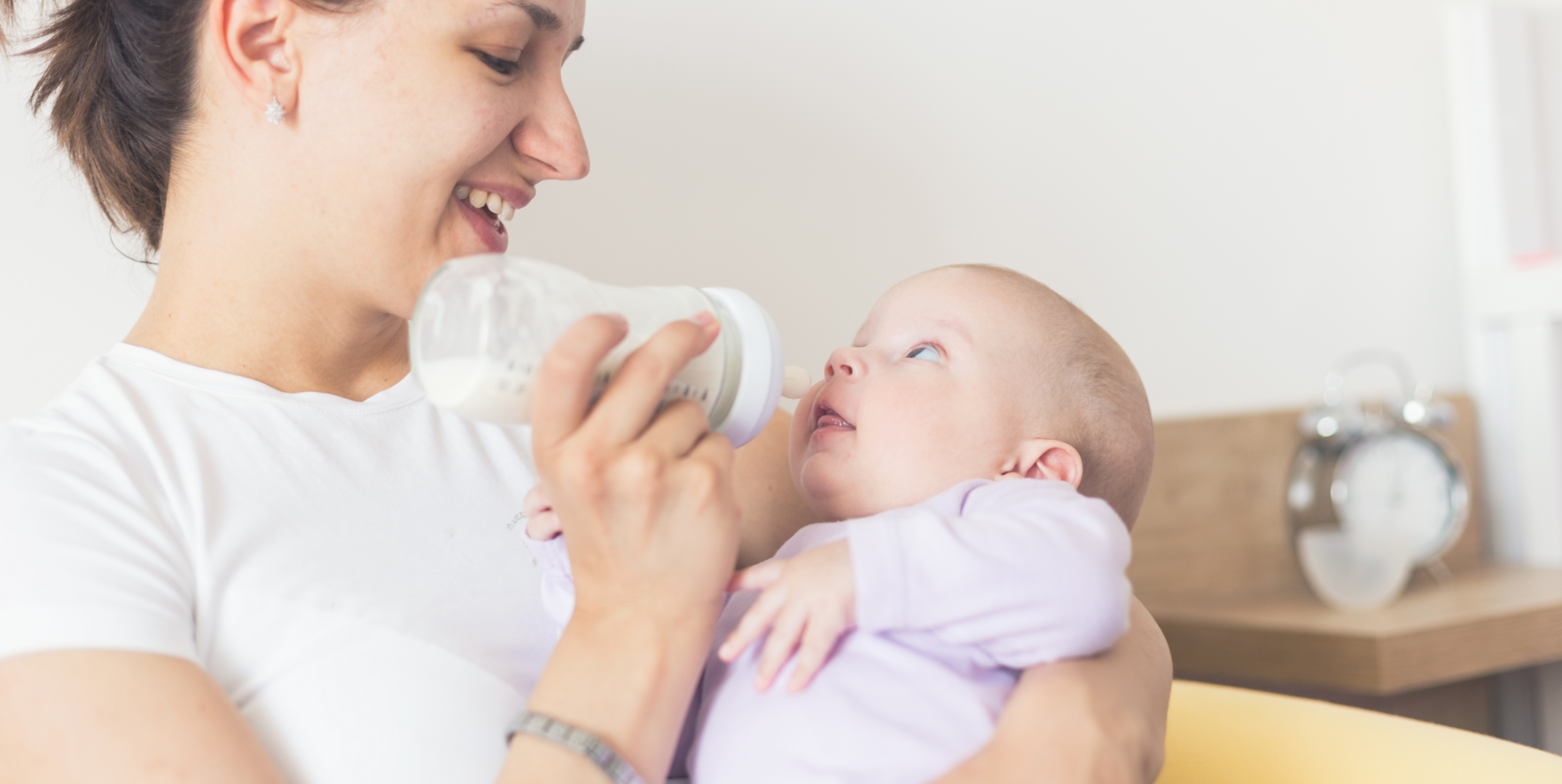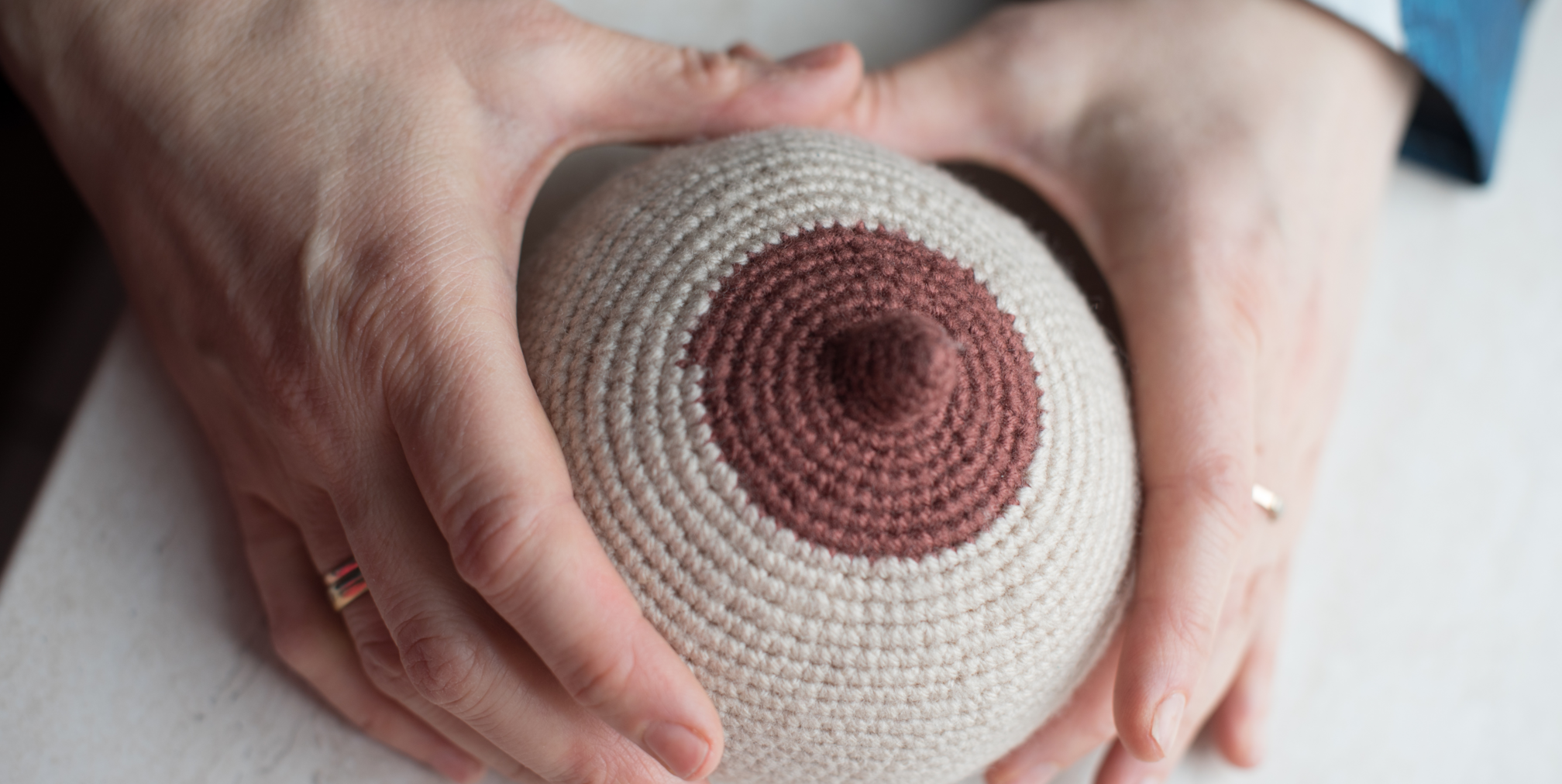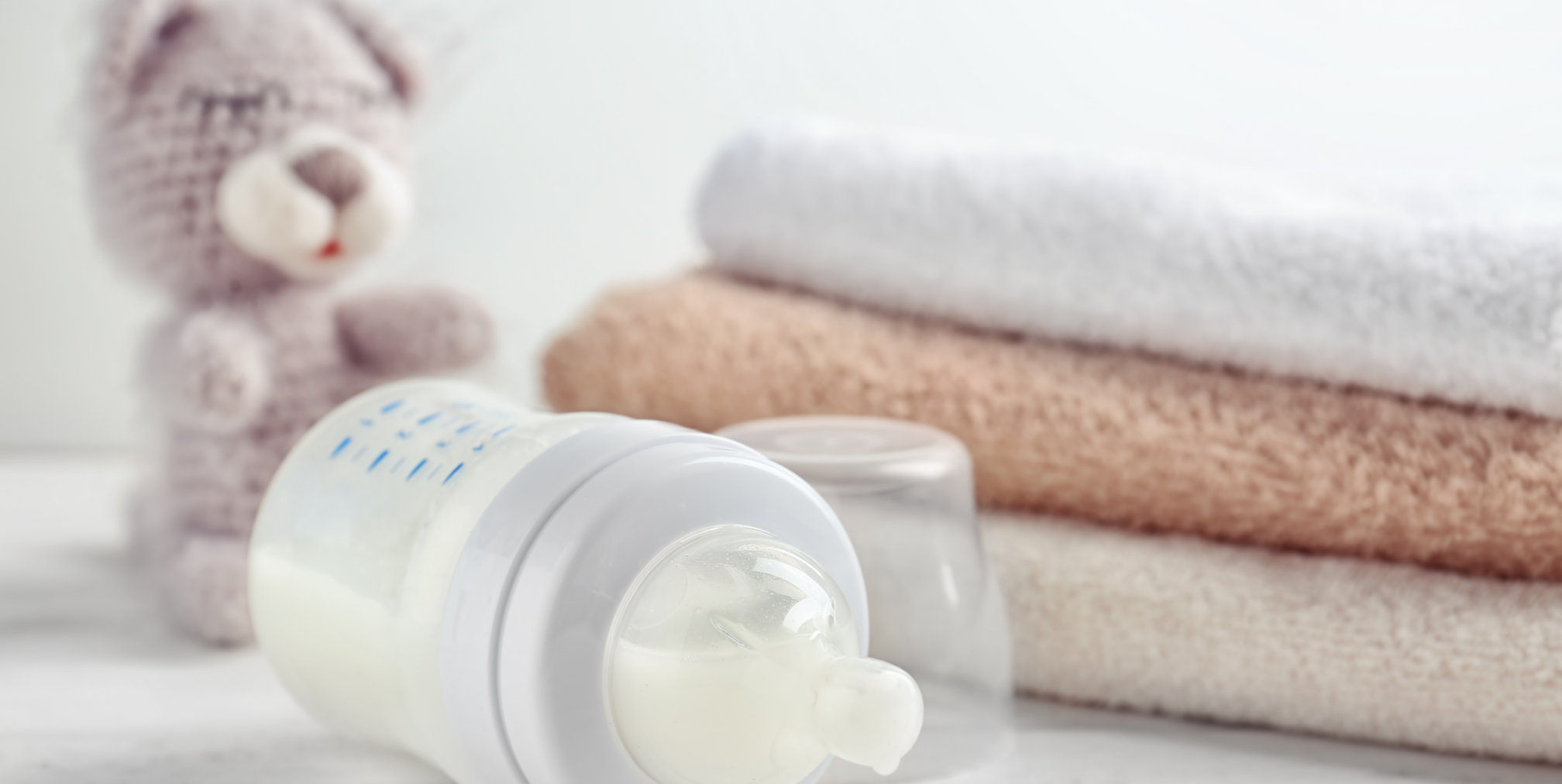Some parents think they’ve got paced bottle feeding down to an art when in fact they’re skipping over the most important part. Paced bottle feeding isn’t just about keeping the nipple half full so the milk doesn’t drip into the baby’s mouth. With this important step you can worry less about overfeeding, gas, and nipple confusion when bottle-feeding. It’s a simple trick based on how breastfeeding works called non-nutritive sucking.

Understanding Breastfeeding’s Flow:
Have you ever wondered if babies sometimes suck on the breast without getting any milk? It’s not a mistake! This is actually how they trigger the milk-ejection reflex. At the beginning of a breastfeeding, they suckle for a minute or so, sending a signal to your brain to release milk. Then comes a flow of milk, followed by another period of non-nutritive sucking. This helps with digestion! Babies spent more than 50% of their time on the breast non-nutritive sucking. That’s why when baby just got off the breast it does not mean they just ate. They might have been engaged in normal, natural, non-nutritive sucking that’s good for digestion, sleep, and telling mom’s brain to make more milk.

Why Non-Nutritive Sucking Matters for Bottle Feeding:
Unlike the breast, bottles provide a constant flow of milk. This can lead to overfeeding because babies might not realize they’re full until they’ve consumed too much. Additionally, the constant flow can be confusing when switching back and forth between breast and bottle. When babies get a few bottles that give immediate flow they might get frustrated when the breast takes 30 seconds to a couple of minutes to release milk.

How to Implement Non-Nutritive Sucking:
Here’s how to incorporate non-nutritive sucking into your bottle-feeding routine:
- Start Empty: Hold the bottle tilted down so no milk flows at first. Let your baby suck for a minute or two, mimicking the initial stimulation phase of breastfeeding.
- Flow and Pause: After a minute, raise the bottle to allow milk to flow with the nipple half full so baby needs to suck to get milk out and it doesn’t just drip. Make sure the tip of the nipple is empty by practicing outside of the baby’s mouth. Sometimes the base of the nipple is half full when the tip is completely full, and you need to tilt the bottle a bit differently to get the tip half full.
- Suction Breaks: Every ounce (30 ml) or so, pause feeding and hold the bottle down again. This gives your baby a chance for non-nutritive sucking, just like at the breast. An average let down is about 1 ounce per breast.

Benefits of Non-Nutritive Sucking:
- Prevents Overfeeding: By pacing the feeding and allowing breaks, babies have time to realize they’re full, reducing the risk of overfeeding and discomfort.
- Reduces Gas: Proper sucking and slow swallowing helps prevent air intake, a major contributor to gas.
- Minimizes Nipple Confusion: The start-stop flow mimics breastfeeding, making it easier for babies to transition between breast and bottle and to prevent nursing strikes.
By incorporating non-nutritive sucking, you can create a more natural and comfortable bottle-feeding experience for your baby, reducing the chance of overfeeding, gas, and breast aversion.







